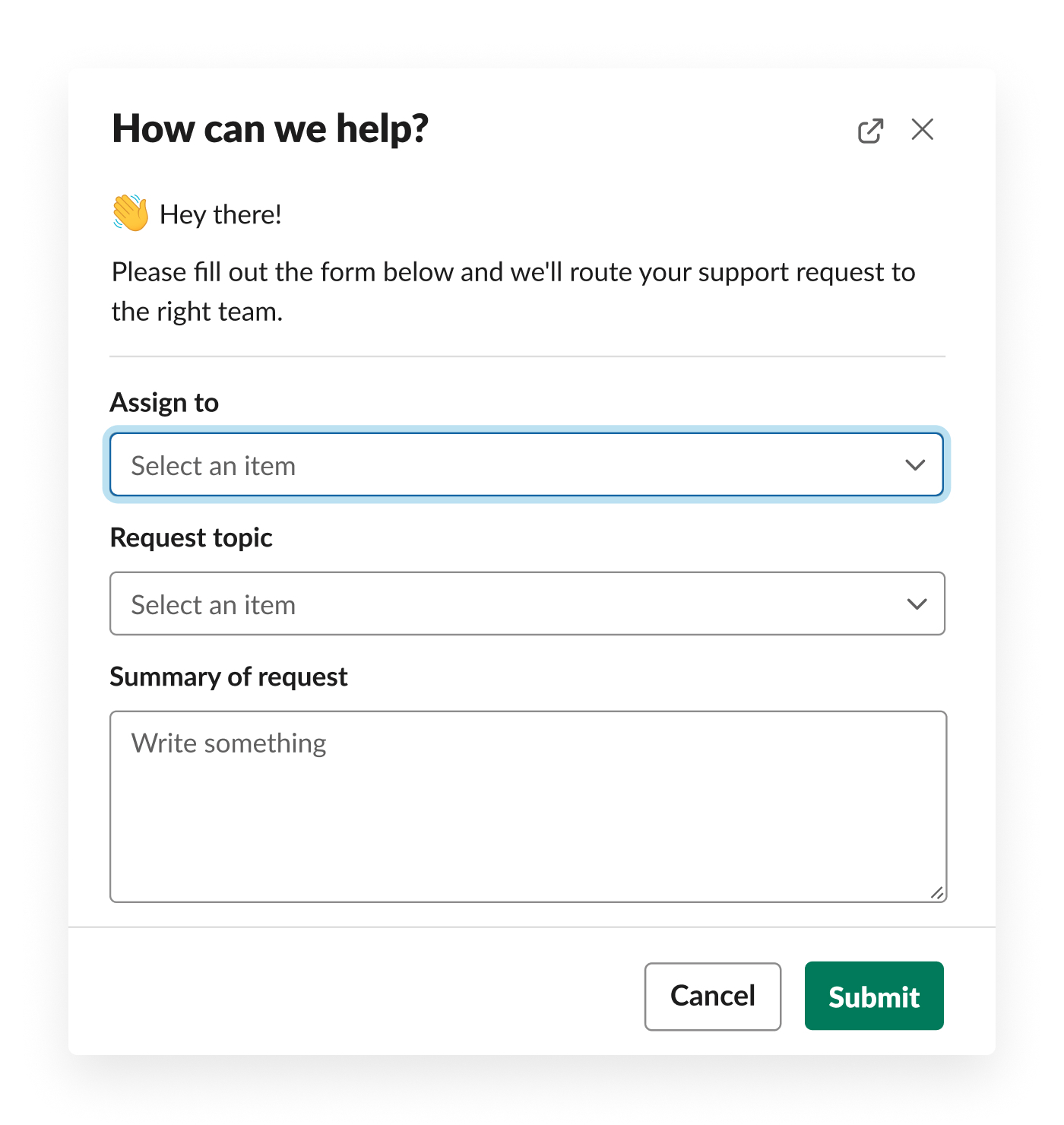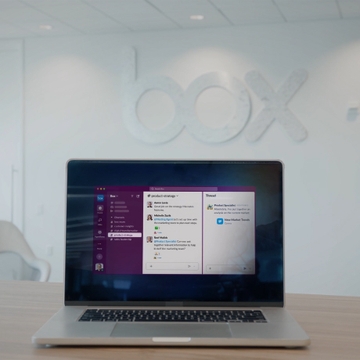In 2013, HealthCare.gov, the website that promised to offer affordable health insurance to all U.S. citizens, infamously launched and faltered as hundreds of thousands of people tried to sign up at once.
As part of a high-profile effort to rescue HealthCare.gov, the White House handpicked a team of top technologists across the country to stabilize and strengthen the platform that needed to meet sky-high expectations and serve millions of people in a short window of time.
Greg Gershman and Paul Smith were part of that technological team. Once they wrapped up the project, they took their passion for delivering exceptional experiences to other government departments, ultimately co-founding the digital services agency Ad Hoc. Gershman and Smith now serve as Ad Hoc’s CEO and CTO, respectively.
Now, with nearly 600 employees distributed across the country, Ad Hoc has scaled its ability to modernize and enhance other governmental digital services, with clients including the Department of Veterans Affairs, the Centers for Medicare and Medicaid Services and the Department of Health and Human Services.
Ad Hoc was a remote agency from the start, choosing Slack as its digital headquarters to securely collaborate and execute sensitive, mission-critical projects. Slack has not only helped Ad Hoc drive revenue by speeding up productivity throughout the request-for-information (RFI) process, it’s helped the team build rapport with clients and partners, while maintaining its unique company culture in a remote-first environment.
Improving operational efficiency to win more proposals
Because of the complex and sensitive nature of government contracts, the process of responding to government proposals can take months, or even years. With Slack, Ad Hoc has been able to cut that time down by 25%, according to Jennifer Mosier, Ad Hoc’s director of bid operations. It has also been able to maintain a competitive win rate on requests for proposal (RFPs) submitted.

“With Slack, we can just collaborate in our channels asynchronously. This has been especially helpful for review at the executive level, where it's hard to get everyone in the same room.”
But how exactly did the agency do this? Ad Hoc’s proposal team uses Slack end to end to respond to government contracts. Slack has fundamentally streamlined the often tedious RFP and request for quotes (RFQ) processes, and has empowered teams to collaborate better and faster from the top down.
The process of acquiring new projects typically starts with a government agency’s RFI. Ad Hoc creates a Slack channel for every RFI, such as #bid-headstart. They use a core opportunity channel for teammates across the organization, including executives, to discuss the best multi-disciplinary solution for the government agency’s challenge. A note with details about each bid gets pinned to all relevant channels, ensuring that everyone has the same context.
They also use sub-channels to tackle specific tasks related to a bid, such as #bid-headstart-solutionwriting for proposal writers. And by using Slack Connect, a secure platform for collaborating with external groups in Slack, Ad Hoc can work with subcontractors seamlessly without requiring them to switch to email or even schedule meetings.
As RFIs lead to RFPs and then RFQs, teammates can go to a designated #bid-logistics-channel to automatically gather everything they need—data, contextual information and the right people—in Slack to get started. For example, the lead for an opportunity can fill out a form using Workflow Builder to create Slack channels that pull in data from Google Workspace. Furthermore, thanks to Salesforce for Slack integrations, Mosier can streamline the proposal-generation process. These automations remove a tremendous administrative burden from Mosier’s team, and keep their workspace highly organized.
Channels come in handy to streamline the methodical, often drawn-out review process required for each proposal. Like many other government consultancies, Ad Hoc follows a color-coded review system, with each color representing a new milestone and a new level of stakeholder approval required. Each color team gets a designated channel to collaborate, where they often use emoji to quickly approve the most recent proposal.
“In the past, we would’ve had to run these color reviews through in-person meetings and emails,” Mosier says. “But with Slack, we can just collaborate in our channels asynchronously. This has been especially helpful for reviews at the executive level, where it’s hard to get everyone in the same room.”
In previous jobs at organizations that didn’t use Slack, Mosier says this process would normally take an entire workday or more; with Slack, that’s down to one to two hours.“I can tell you from a review process, approvals have been three times faster because of Slack,” Mosier says. “We’ve seen a ton of time savings from this.”
Scaling an inclusive culture with unique, remote-first initiatives
Ad Hoc hires top technologists across the country, and a majority of its employees have joined from more traditional, in-person organizations. It was important for the team to ensure that everyone felt welcome, no matter who they are or where they live. Slack is at the heart of the company’s solution for scaling its inclusive employee culture.
On day one, employees are encouraged to join a #hey-buddy channel, which uses the Donut bot to randomly pair people for virtual one-on-ones. Ad Hoc also has channels based on personal and professional interests.

“We have nearly 1,000 public channels, from makers to cooking. There’s a channel for everyone.”
In fact, Ad Hoc’s Slack-centric culture is so strong that the team held a company retreat themed around their Slack channels. “When we were thinking about the most impactful in-person gathering we could have, we rallied around the idea of: what’s the most robust part of our culture? It’s the ways our people gather and share together, and that happens in our Slack channels,” Chapman says.
Chapman and his colleagues worked with a design firm in Slack Connect to plan a Camp Ad Hoc experience that highlighted communities in these channels. For instance, members of #plant-parents could gather to build succulent arrangements. Members of #gaming congregated over their favorite games.
“It was a lot of fun,” Chapman says. “It was also gratifying watching people walk into the event space, see familiar Slack channel names, and instantly make connections around the activities and community members.”

The social-based connectivity Slack helps foster has carried over into more inclusive, productive working relationships. “These channels help us reinforce a culture where great ideas can come from anywhere,” Chapman says. “In these social channels, no one cares about your role. And that extra human connection you create socially really does carry over into work meetings when you’re trying to solve problems together. Maybe it means you engage just a little more.”
Slack has also been useful for capturing an ongoing pulse check of its employees. “Slack is obviously a fun water cooler-like environment for people to gather, but it’s also useful to know how our employees are doing,” he says. “For me, there are a few channels I check to get a pulse of what folks are concerned about. For example, we have a #gov-tech channel where folks talk about trends we’re seeing in the industry and how we relate to that.”
Providing cutting-edge service to government clients
One of Ad Hoc’s biggest clients is the Department of Veterans Affairs (VA). Ad Hoc works with its digital services team to help enhance veteran access to VA services. Their relationship began in 2014 when Ad Hoc helped the agency reimagine a website for veterans to get what they needed. The website was such a success, the VA engaged Ad Hoc to overhaul its flagship portal, VA.gov.

“The VA is really an innovation leader within the federal government. And Slack has transformed how we build solutions together.”
As part of their joint goal to improve the program’s experience, Ad Hoc continuously gathers feedback from their customers at the VA. Naturally, Ad Hoc uses a Slack Connect channel to connect with the VA and build a meaningful rapport.
Ad Hoc also uses Slack to provide service support for the VA, as part of a team led by its contractor Oddball, a technology solutions provider. When issues arise, a VA user can enter a slash command in the #vfs-platform-supportchannel, which consists of 15 support agents and more than 1,000 members, to log the issue. This triggers a custom bot to notify the on-call support person. This streamlined process means support staff can count on notifications for requests rather than having to monitor the channel.

Issues are automatically collected in a spreadsheet, eliminating the previously manual process of tracking tickets. This empowers support managers to spend more time on higher-level work, such as helping improve team performance. The results speak for themselves: Since using Slack to resolve issues, Ad Hoc’s Customer Satisfaction Score improved by 21% in 2021.
By uniting civil servants, agencies and subcontractors in a collaboration space that’s more secure than email, Slack is helping Ad Hoc speed up and improve external collaboration. In turn, Ad Hoc is having an impact on millions of people through the government agencies it serves.
“The team we’ve put together at Ad Hoc is one-of-a-kind in government, and our Slack digital headquarters is a central part of how we’re able to connect with each other and the customers we serve,” Francisco says. “Slack helps us bring people with so many different talents and experiences together to help the government better serve the public.”















